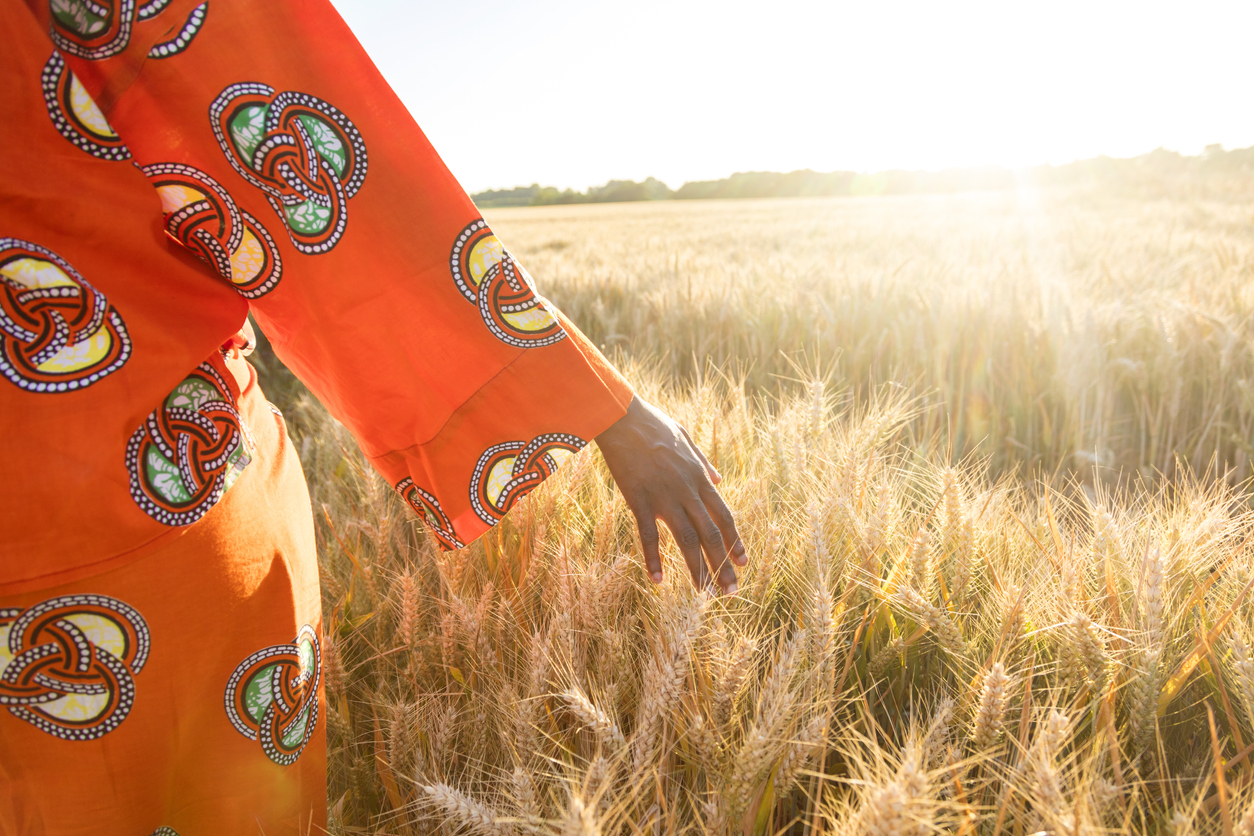 dmbaker
dmbaker
Welcome to February! Since 1970, it’s also been Black History Month in the USA, and since 1995 in Canada, as well (whereas it’s observed in October in the United Kingdom, Ireland, and the Netherlands). And though the reason for the African diaspora was tragic and horrific – the brutal, centuries-long trafficking of human slaves – it has also enriched many parts of the world, and indeed, world culture as a whole. So what better way to kick BHM off than with a look at a dozen of the most fascinating destinations to experience the culture and contributions of the sons and daughters of Africa across the world?
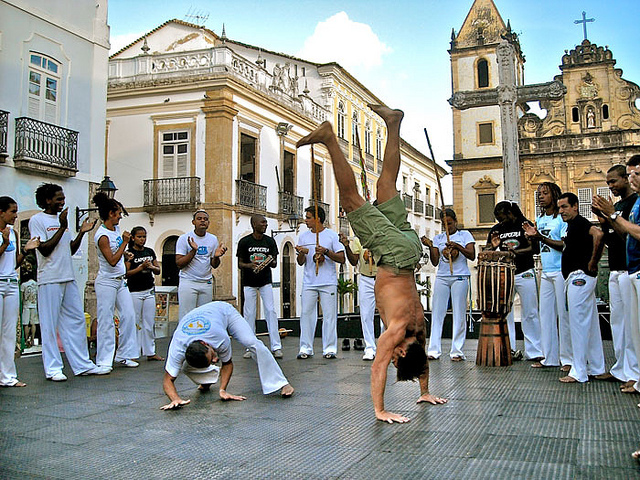 David Paul Appell
David Paul Appell
Brazil
From the late 1500s through the 1860s, this colony of Portugal was the single largest destination for African slaves – mostly Yoruba and Bantu – sent in particularly large numbers to Rio de Janeiro, Minas Gerais, and the northeast. And so today millions of Brazilians – and aspects of overall Brazilian culture – have African roots, from music to religion to food to this country’s version of Portuguese itself. And this is especially apparent throughout the northeast, in states like Bahia, where visitors can get an amazing taste of Afro-Brazilian culture in cities such as Fortaleza and the colony’s first capital, Salvador, where more than 80 percent of the population is listed as multiracial including African ancestry. You can get a great sense of this at its Archaeology and Ethnology Museum and especially its annex, the the Afro-Brazilian Museum. But much of it you can experience even in the streets and cafés, by taking in performances of music and capoeira (above), the martial-arts-dance hybrid developed by slaves and now seeing a renaissance both for reasons of cultural pride and the fact that it’s become a tourist draw. Afro-Brazilian heritage tours are also available, even including services of candomblé (essentially traditional African religion with a once protective overlay of Christianity, not unlike Haiti‘s voudon and Cuba‘s santería – more about that below).
In Rio, meanwhile, it’s estimated that some 31 percent of cariocas (locals) have African ancestry, and efforts have been made especially in recent years to recover the city’s Afro-Brazilian history, concentrated in the Saúde and Gamboa neighbourhoods constituting Little Africa, around the waterfront near downtown. That includes Valongo Wharf, through which some one million slaves were brought in; today, dozens of slabs of grey rock form the outline of what used to be the port (above), which was discovered only in 2011 and quickly declared a UNESCO World Heritage Site. The nearby Instituto de Pesquisa e Memória Pretos Novos (New Blacks Research Institute and Memorial) preserves the memory of the slave trade, and is also the final resting ground of an estimated 30,000 enslaved Africans who didn’t survive the trans-Atlantic crossing, and whose bodies were tossed into makeshift graves. It’s housed in the former home of a couple who discovered bones during a renovation, and though the black cemetery covered the entire block, were the only ones who turned their house into a memorial and collection of exhibits and artifacts documenting this tragic chapter in Brazilian history. Visitors can also partake of the music parties at the nearby Pedra do Sal (Salt Rock), featuring samba, which had its origins in communities of freed or escaped slaves.
 [nelo]
[nelo]
Central America
The Caribbean coasts of all five of Central America’s Latin countries were settled in the 19th and early 20th centuries by newcomers from Jamaica, St. Lucia, Barbados, Grenada, and elsewhere in the Caribbean, and to this day many of the locals – referred to as Garifunas – still speak English as well as Spanish, and have their own distinctive music (especially drumming) and cuisine. Top spots to experience Garífuna culture include Costa Rica‘s Limón province, with towns like Puerto Viejo, Cahuita, and the city of Limón. In Guatemala, head to the funky beach town of Livingston (above), and in Honduras to a string of communities in the Tela and La Ceiba areas. In Panama, meanwhile, Afro-Panamanians can be found in places like the coast between Colón and Portobelo, as well as Cristóbal, Balboa, and Bocas del Toro. In Nicaragua, it’s Bluefields and Corn Island.
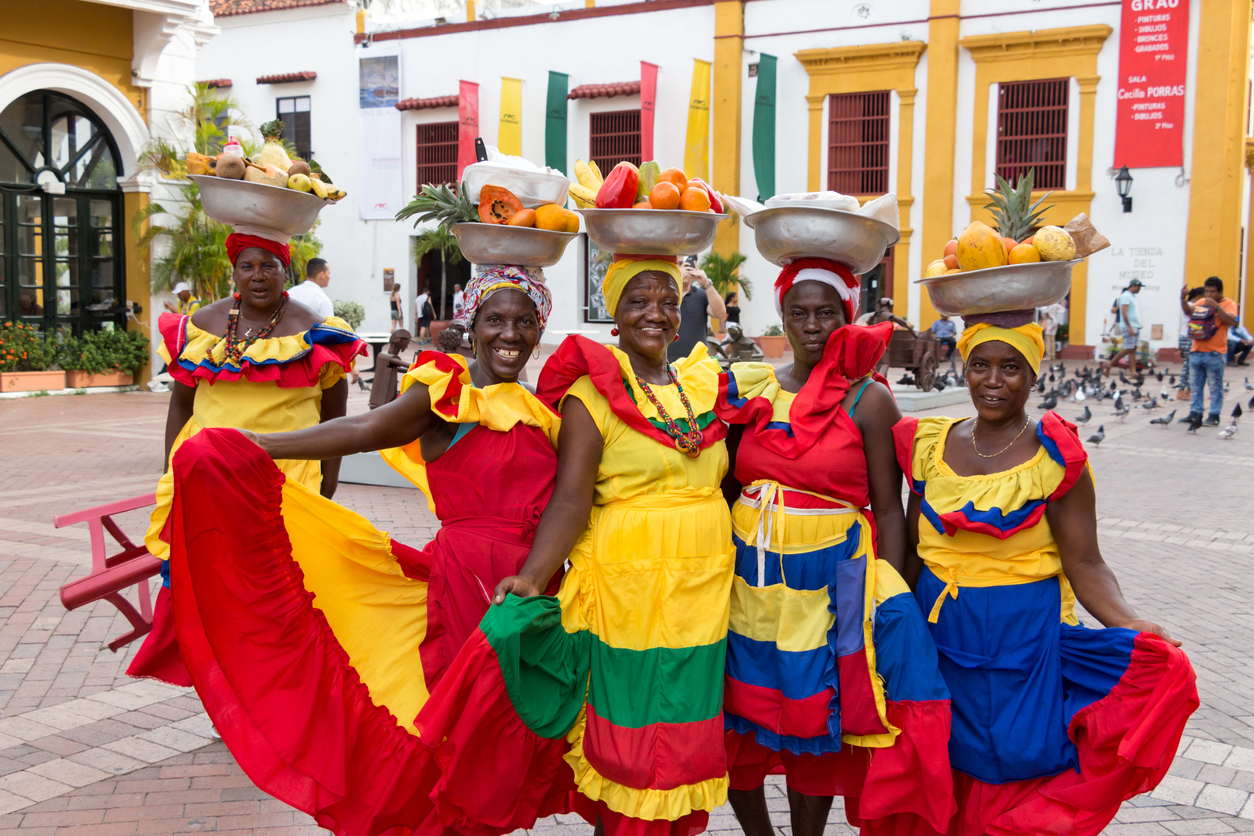 RUBEN RAMOS
RUBEN RAMOS
Colombia
After Haiti, Brazil, and the United States, Colombia has the highest percentage of black-African-descended population in the Americas. And here, too, the Caribbean coast is a major area for Afro-Colombian culture, although there’s also a good bit on the upper Pacific coast, especially in the department of El Chocó. On the Caribbean, the primary cities of interest are Cartagena and Barranquilla (home, by the way, of Afro-Colombian U.S. baseball major-leaguer Edgar Rentería). In addition to seeing a number of palenqueras (above), Afro-Colombian women in their distinctive dress and headdresses in these cities, you can also take a day trip to a palenque (one of the walled town originally founded by escaped slaves in the 17th century), notably the first one, San Basilio de Palenque (pop. 3,500), 90 minutes south of Cartagena. In 2005 declared a “Masterpieces of the Oral and Intangible Heritage of Humanity” by UNESCO, it’s a simple place but a fascinating experience in which you can meet some of the locals and sample some of their music and food.
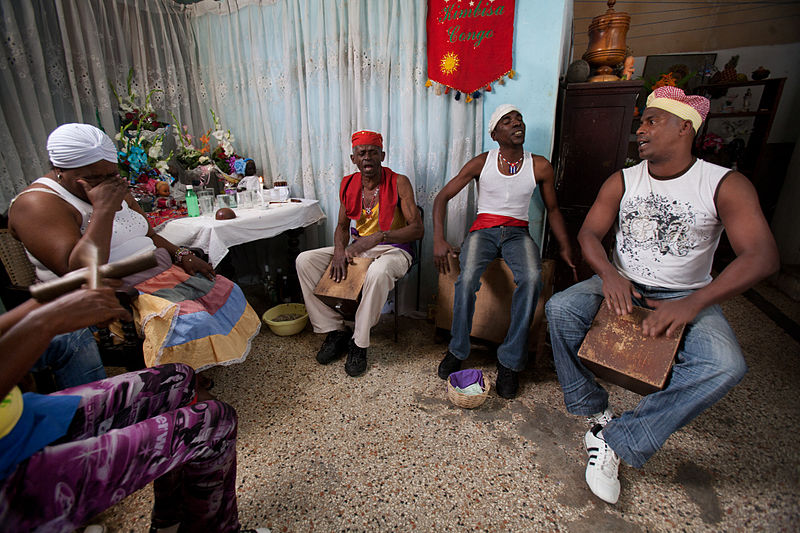 Jorge de Royan
Jorge de Royan
Cuba
Due to its relatively small size, the Afro-Cuban presence on this island is especially notable, both in the people (some 36 percent of the population is black or mulatto) and the culture, especially in terms of language, music (many musicians are Afro-Cuban, such as members of Buena Vista Social Club and the late, great Celia Cruz), art, and religion.
This last is especially notable, as African-Catholic religious fusions like West-Africa-derived santería (aka Regla de Ocha, La Regla de Ifá, and Lucumí, with its liturgical language Yoruba) is followed by significant numbers of Cubans (and not all of them black/mulatto). The religion’s babalawos (priests) are well respected, and as a visitor you’ll see evidence in Havana or really most any city/town in Cuba: discreet courtyard shrines; folks dressed all in white, which means they are new initiates; and in Old Havana santería fortune tellers who captivate tourists, either by reading cowrie shells or just providing colourful photo ops. A visit to a Centro Habana alleyway called Callejón de Hamel provides a deeper experience of santería-inspired music and art, and there’s a museum devoted to the religion in the Regla neighbourhood, a ferry ride across the harbour from Old Havana. Santería-themed tours are available, including attending dramatic services in which attendees are possessed by orishas (gods) such as Ochún, Changó, and Babalú Ayé (anyone remember Ricky Ricardo?).
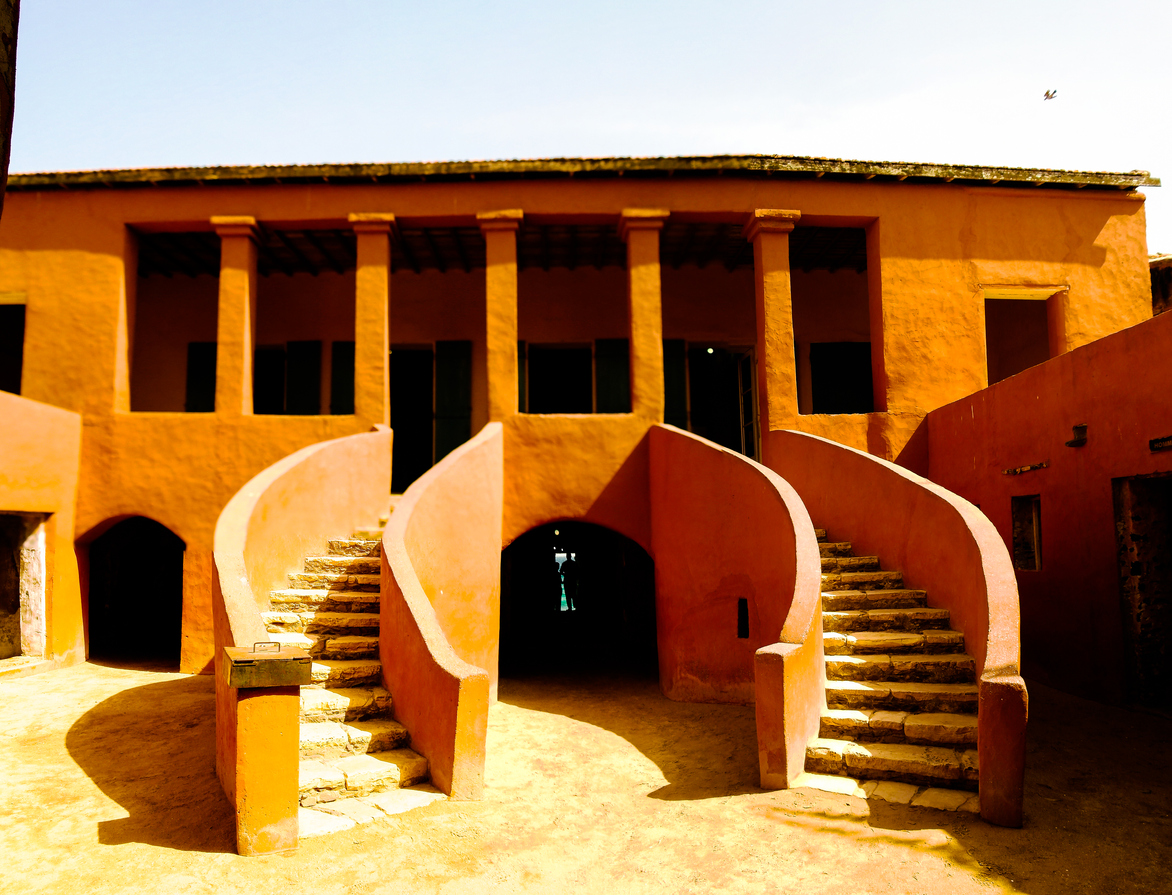
Homo Cosmicos
Senegal
Considered by many the jewel of West Africa, this former French colony makes a fascinating visit for both its history/culture offerings and its ecotourism, and the country’s founding president Léopold Senghor was an intellectual at the forefront of the négritude movement, which disavowed colonialism and argued for the importance of a pan-African identity among people of African descent worldwide. The former is concentrated of course in its dynamic capital Dakar, with contemporary African culture on display in its streets, clubs, markets, and museums including the IFAN Museum of African Arts and the recently opened, 14,000-square-metre (150,000-sq.-foot) Museum of Black Civilisations.
But the capital region’s most famous attraction is a 20-minute ferry ride away: Gorée Island (above), which preserves the complex used to administer a sgnificant portion of the brutal West African slave trade; they say many were processed here through the “door of no return” (though historians remain divided on that, with some holding that Gorée may have been used for administration only). Regardless, the spooky buildings and museum of slavery here never fail to leave a strong impression on visitors, who have included presidents, popes, and prime ministers (there are a couple of other worthwhile museums on the island, one devoted to women in Senegal and the other to the sea in Senegalese culture).
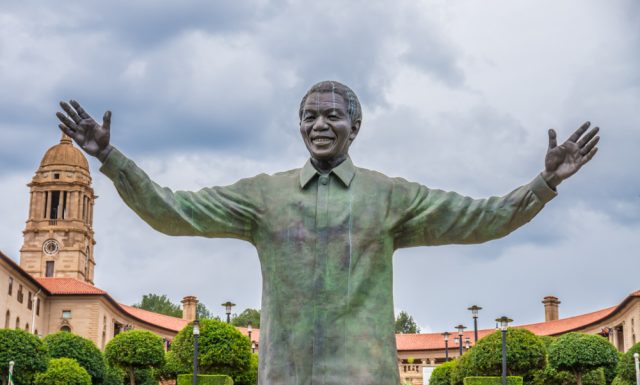 secundemal
secundemal
South Africa
The “Rainbow Nation” finally put the horrific system of apartheid behind it in the early 1990s, and though most blacks still remain mired in poverty, large numbers have made it into not just the ruling class but also increasingly the middle class. And for the visitor, every city and many towns and rural areas present plentiful opportunities to explore not just contemporary black life in its urban neighbourhoods but also its rich history and culture (see one of this blog’s previous posts for the scoop about pantsula, the popular dance of South Africa’s urban youth).
Highlights include Johannesburg‘s MOAD (Museum of African Design), the Apartheid Museum, the Nelson Mandela Foundation, and Museum Africa. In Cape Town, musts are Robben Island (where anti-apartheid activists were imprisoned, including Mandela for 18 years), the District Six Museum (documenting the forced removals of black residents during apartheid), the recently opened Zeitz Museum of Contemporary Art Africa. And in Pretoria (national co-capital with Joberg and now officially known as Tshane, in the Setswana language) you’ll want to check out the Old Arts Building, including the Mapungubwe Collection (whose star is a trove of gold treasure from the eponymous 11th- to 13th-century kingdom in the extreme south of present-day Zimbabwe); Meanwhile, Freedom Park, commemorates heroes of the anti-apartheid and some international liberation struggles as well as South Africa’s war dead, and in the 1897 Palace of Justice you can see old prison cells as well as the courtroom where Mandela and his compatriots were sentenced to life in 1964).
Also highly recommended are guided tours of its cities’ poor townships: Soweto (the largest in the country), Alexandra, and Diepsloot around Joberg; Cape Town’s Khayelitsha, Guguletu and Mitchell’s Plain; and Soshanguve and Mamelodi outside Pretoria.
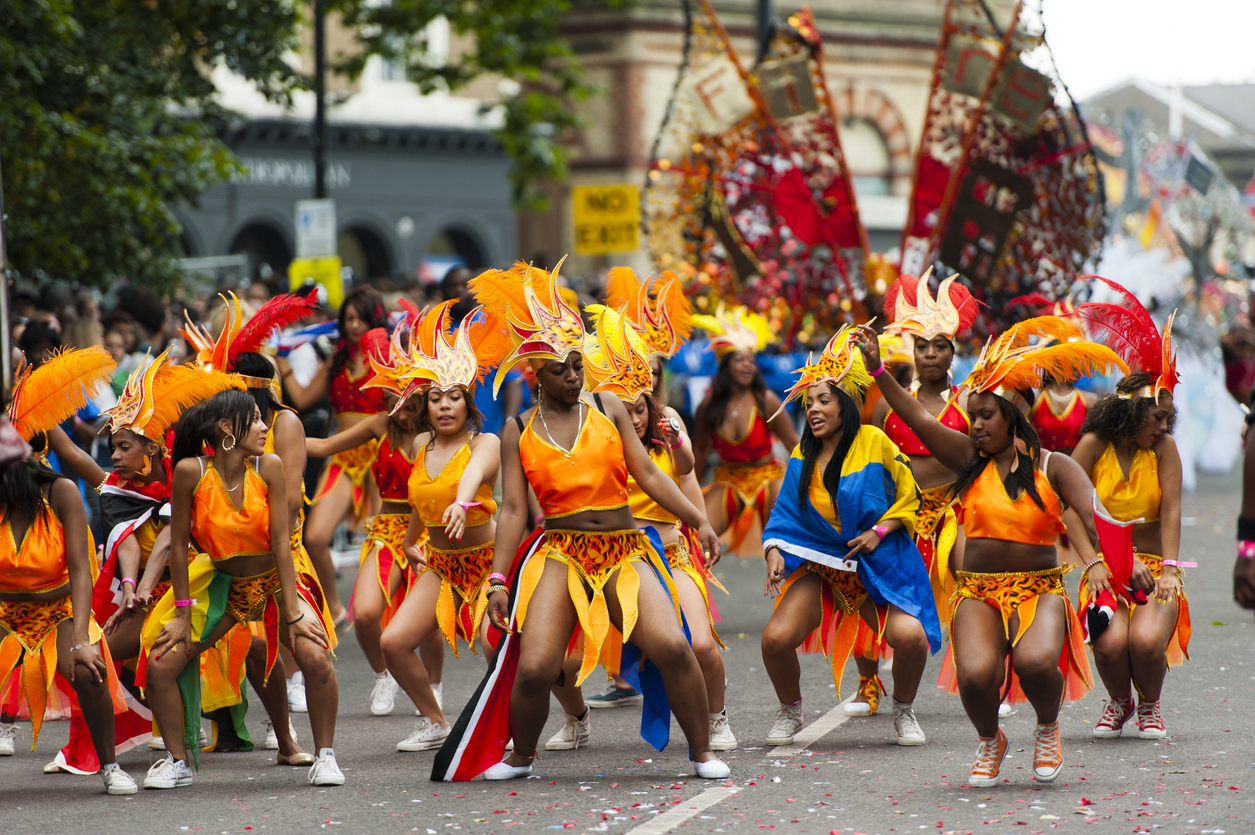
lovemax
United Kingdom
Though far smaller in number than in most other of these destinations (around three percent of the total population), black Britons – mostly hailing from Britain‘s former West Indies colonies such as Jamaica, Barbados, and St. Lucia – have made their mark in many British cities (though overwhelmingly in Greater London, with other signficant concentrations in Birmingham and Manchester) and on the culture as a whole, with notable figures including actor Idriss Elba; model Naomi Campbell; singers singer Joan Armatrading, Sade, and Shirley Bassey; artist Chris Ofili, author Zadie Smith; journalist Gary Younge; and quite a few assorted politicians, sport figures, Anglican bishops, and more. The very fact that Black History Month is celebrated in the U.K. is in fact quite telling.
Among the best places in London to experience the black community include Brixton, Hackney, Lambeth, and Southwark. For much of the latter half of the 20th century, Notting Hill was also an Afro-Caribbean stronghold, and though it’s since been gentrified to the point of fashionability, the colourful, late-summer Notting Hill Carnival (above), marking its 60th year in 2019, this year being held 24-26 August). Black history walks are available, and there are a number of museums and cultural institutions either specialising in or showcasing black history/culture, including the Africa Centre in Covent Garden, Brixton‘s Black Cultural Archives, and the Hackney Museum.
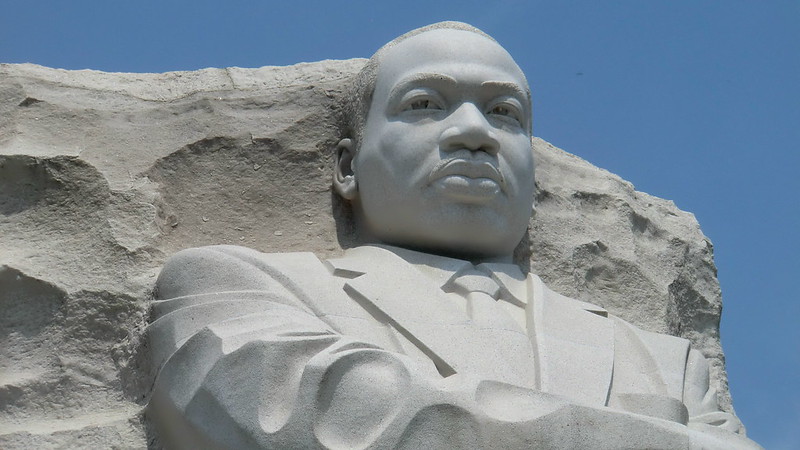
Reinhard Link
United States
Though race relations here remain contentious in many areas both nationally and locally, few countries have seen such momentous impact of the African diaspora as this one – especially in the areas of sport and pop culture – up to even famously electing Barack Obama to the presidency (though not without a massive backlash that brought us our current president).
There are far too many sites to comprehensively list here, but I’ll start off with some top ones associated with the great 1960s Civil Rights era, especially those associated with Martin Luther King, Jr.: MLK‘s home in Atlanta, Georgia; Alabama‘s Selma-to-Montgomery Historic Trail; the museum at Lorraine Motel in Memphis, Tennessee where King was assassinated in 1968; and of course his memorial in Washington DC (above). Also in DC, there’s the National Museum of African-American History and the African Heritage Trail.
In New York City, Manhattan‘s uptown Harlem neighbourhood as high on the list, as well, with its soul food restaurants, the Cotton Club, the Apollo Theatre, the Schomberg Centre for Research in Black Culture, and the Dance Theatre of Harlem. The jazz/music scenes of Chicago; Memphis, Tennessee; New Orleans; and Kansas City, Missouri were historically and continue to be hugely influenced by African-American artists; majority-black Detroit, Michigan boasts a dynamic cultural scene, as well as the Tuskeegee Airmen National Historical Museum, celebrating the U.S. Air Force‘s first black squadron, in the World War II era.
Other fascinating institutions throughout the country include various restored plantations throughout the South, complete with slave quarters and historical documentation; the Buffalo Soldiers Museum in Houston, Texas, celebrating the black legion which helped open up America’s West (and on a related note, Denver‘s Black American West Museum); the National Underground Railroad Freedom Centre in Cincinnati, Ohio; Chicago‘s Pullman Porter Museum (about the dedicated black men who worked incredibly long hours for little pay on America’s segregated trains in the 1940s and 50s); Los Angeles‘ California African-American Museum, and the Negro Leagues Baseball Museum in Kansas City. Finally, opening this year in Memphis is the National Museum of African American Music., joining the National Civil Rights Museum.

